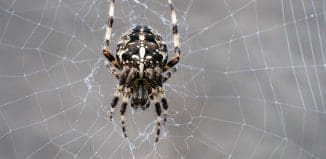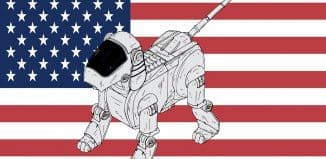Special Glove Supplies Advanced Capabilities to Robots
This post is also available in:  עברית (Hebrew)
עברית (Hebrew)
Stanford engineers have developed an electronic glove containing sensors that could one day give robotic hands the sort of dexterity that humans take for granted. The skin-like touch sensors enable this robotic hand to deliver just the right amount of pressure to lift and move a pingpong ball without crushing it.
Chemical engineer Zhenan Bao and her team demonstrated that the sensors work well enough to allow a robotic hand to touch a delicate berry and handle a pingpong ball without squashing them.
Bao said the sensors in the glove’s fingertips simultaneously measure the intensity and direction of pressure, two qualities essential to achieving manual dexterity.
The electronic glove imitates the way layers of human skin work together to give our hands their extraordinary sensitivity. The outer layer of skin is imbued with sensors to detect pressure, heat and other stimuli. Our fingers and palms are particularly rich in touch sensors. These sensors work in conjunction with a sublayer of skin called the spinosum, a bumpy microscopic terrain of hills and valleys.
That bumpiness is critical. As our finger touches an object, the outer layer of skin moves closer to the spinosum. A light touch is felt mainly by sensors close to the hilltops. More intense pressure forces the outer skin down into the valleys of the spinosum, triggering more intense touch sensations.
Each sensor on the fingertip of the robotic glove is made of three flexible layers that work in concert. The top and bottom layers are electrically active. The rubber insulator in the middle simply kept the top and bottom layers of electrodes apart, according to news.stanford.edu.
But that separation was critical, because electrodes that are close without touching can store electrical energy. As the robotic finger pressed down, squeezing the upper electrodes closer to the bottom, the stored energy increased. The hills and valleys of the bottom layer provided a way to map the intensity and direction of pressure to specific points on the perpendicular grids, much like human skin.






























